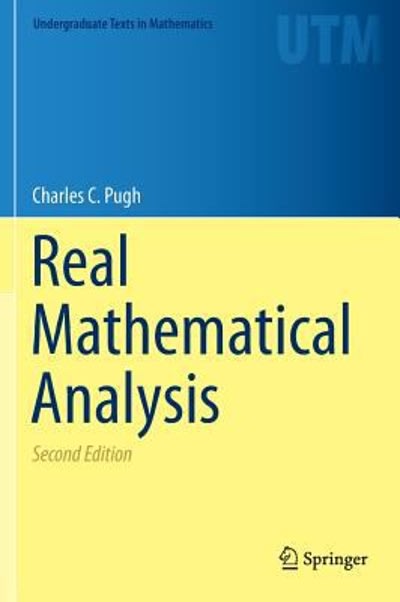Question
The average McDonald's restaurant generates $2 million in sales each year with a standard deviation of 0.6. Cassandra wants to know if the average sales
The average McDonald's restaurant generates $2 million in sales each year with a standard deviation of 0.6. Cassandra wants to know if the average sales generated by McDonald's restaurants in Colorado is different than the worldwide average. She surveys 26 restaurants in Colorado and finds the following data (in millions of dollars): 2.1, 2.3, 2, 2.3, 2.2, 2, 1.8, 3, 2.5, 1.6, 2.1, 1.5, 2.1, 1.4, 1.2, 1.7, 1.4, 1.2, 1.9, 1.5, 2, 1.8, 1.4, 2.9, 1.5, 2 Perform a hypothesis test using a 1% level of significance. Step 1: State the null and alternative hypotheses. H0:H0: ? p ? < > = Ha:Ha: ? p ? < > = (So we will be performing a Select an answer left-tailed right-tailed two-tailed test.) Step 2: Assuming the null hypothesis is true, determine the features of the distribution of point estimates using the Central Limit Theorem. By the Central Limit Theorem, we know that the point estimates are Select an answer normally distributed t-distributed with distribution mean and distribution standard deviation . Step 3: Find the pp-value of the point estimate. P(P(? p' x ? )=P()=P(? z t ? )=)= pp-value==
Since the pp-value== ? < ==, we Select an answer reject do not reject the null hypothesis.
- We cannot conclude that the mean sales of McDonald's restaurants in Colorado differ from average McDonald's sales worldwide.
- We conclude that the mean sales of McDonald's restaurants in Colorado differ from average McDonald's sales worldwide.
Step by Step Solution
There are 3 Steps involved in it
Step: 1

Get Instant Access to Expert-Tailored Solutions
See step-by-step solutions with expert insights and AI powered tools for academic success
Step: 2

Step: 3

Ace Your Homework with AI
Get the answers you need in no time with our AI-driven, step-by-step assistance
Get Started


